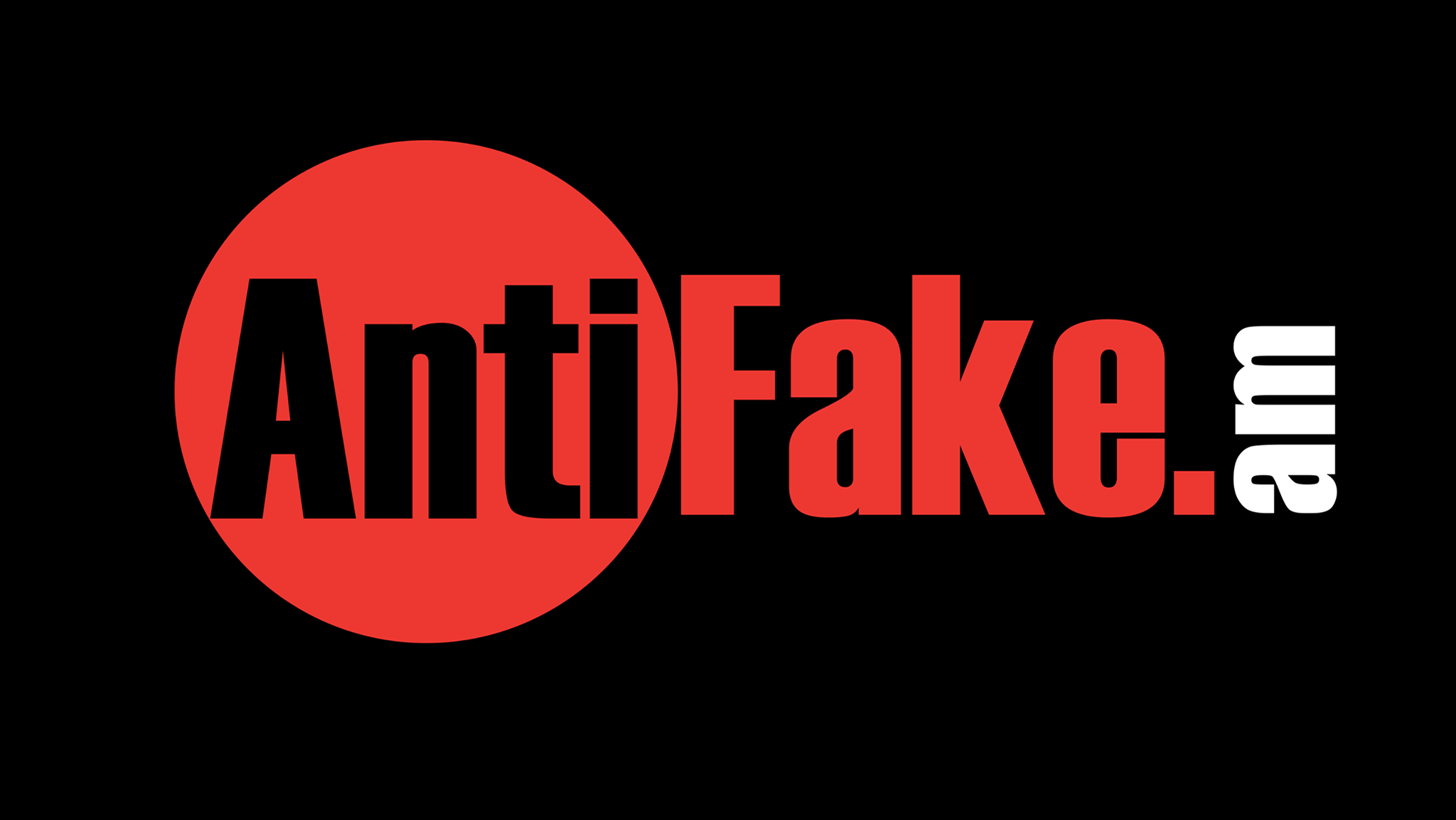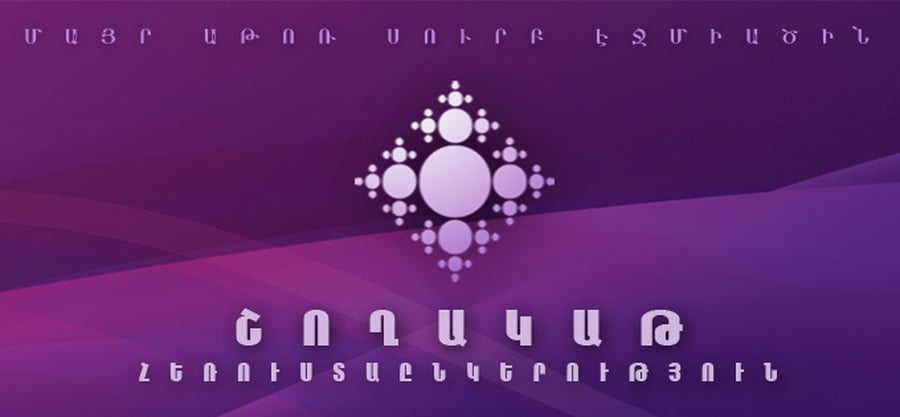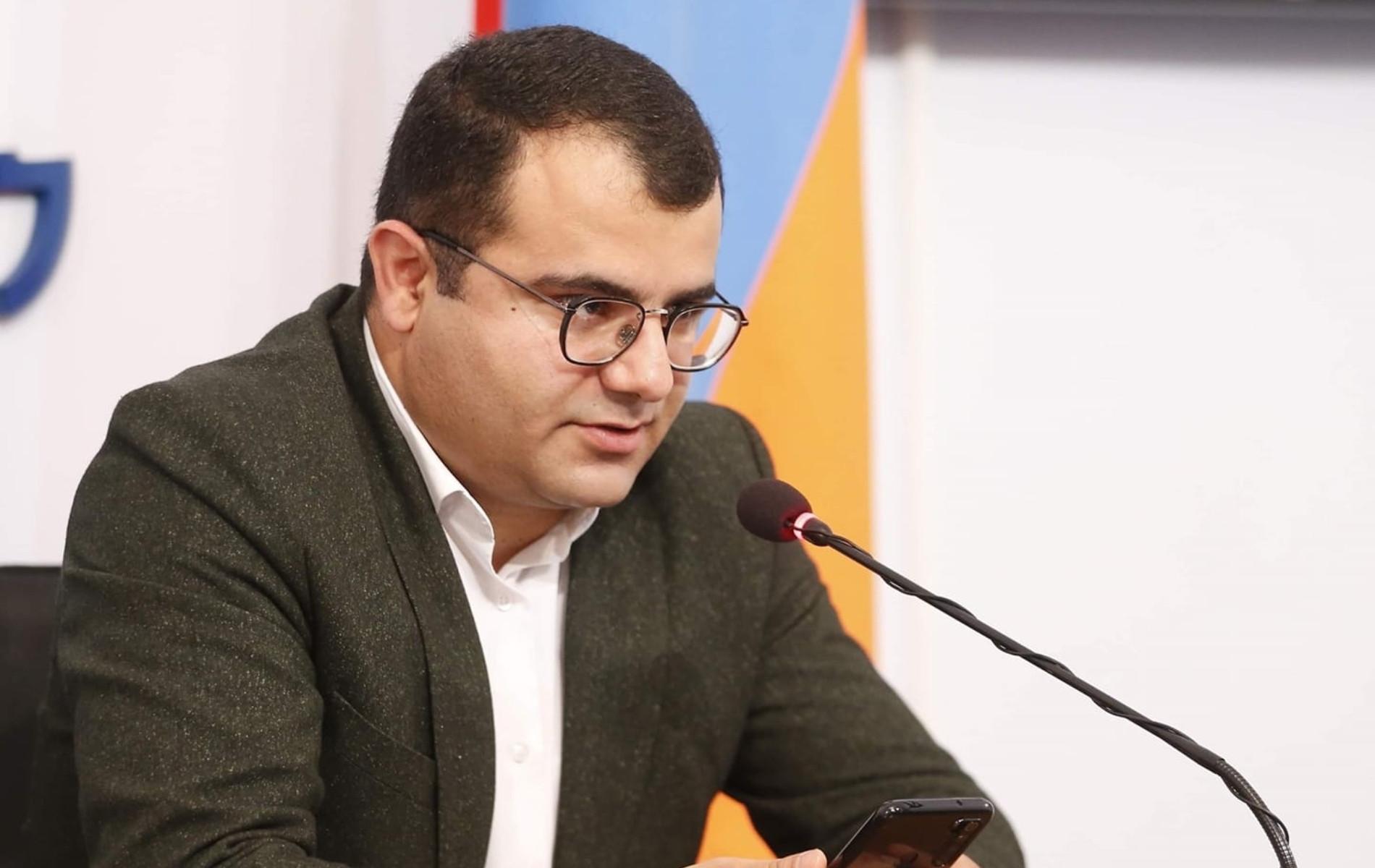On September 29 at Court of First Instance of Erebuni and Nubarashen Communities of Yerevan the sitting on the case of hindering the work of the cameraman of Armenia TV Albert Galstyan is scheduled.
According to the Special Investigative Service, on 29 July 2016, on Glinka Street, Sari Tagh district in Yerevan, Seiran Karapetyan, Vladimir Mkhitaryan, Davit Sargsyan and Karen Grigoryan assaulted Albert Galstyan who was videoing their fight with other people, seized his camera and hit him with their hands. When they noticed the approaching police officers, they started running to escape from them, taking along with them the camera seized from the victim to erase their video. S. Karapetyan, V. Mkhitaryan, D. Sargsyan and K. Grigoryan were charged with violation of public order by a group of persons combined with violence (Article 258 Para 3.1) and hindering a journalist’s work (Article 164 Para 1).
Eight persons have been charged with crimes related to the same criminal case, including hindering a journalist’s work.
Note that 23 journalists and camera operators underwent violence on July 29. In fact, two months later, a separate trial was ordered for only one case, that of Albert Galstyan, investigated separately from the others.
Some people may notice some “progress” in the SIS activities compared with last year. It took this agency one year and two months to launch criminal proceedings against the police officers who hindered the work of reporters during the Electric Yerevan demonstration on Baghramyan Avenue on 23 June 2015. Meanwhile, the web was flooded with videos with clear images of assaulters. Incidentally, the SIS speeded up the investigation after Serzh Sargsyan’s apology for the incident in Sari Tagh and violence against reporters.
Lawyer Ara Ghazaryan underlined in a talk to CPFE’s reporter that the charges include hindrance to a journalist’s work under Article 164 of the Criminal Code. Nevertheless, he says, the final evaluation should be given after the completion of the criminal proceedings when the punishment is known. “In the Armenian legal practice, the criminal cases falling under Article 164 normally do not go beyond the investigation into the stage of trial. Either no proceedings are launched or they are launched but the case is dismissed,” Ara Ghazaryan said.
The criminal proceedings on the case of hindering the work of journalists by the police actions on Baghramyan Avenue in 2015 were also based on Article 164 of the Criminal Code. Photographer Gevorg Ghazaryan was victimized. During the clampdown on the demonstration of Electric Yerevan the police officers seized his camera by force. One year and three months have passed since these events but nobody has been held responsible. Gevorg Ghazaryan’s work was hindered this year during the demonstration in Sari Tagh. Plainclothes people assaulted the journalist, smashed one of his cameras and seized the other by force. Knowing how ineffective the investigation of the events during Electric Yerevan was, Gevorg Ghazaryan has no confidence in the investigation of the criminal case of Sari Tagh, and he calls the charges brought against four persons a “tactical move”. “This investigation, like the previous one, is imitation rather. They pretend doing their job. Meanwhile, charges have been brought against those who were carrying out orders. We do not see the decision makers among the police officers detained for the June 23 case. And we will not do. Neither Levon Yeranosyan, nor Hunan Poghosyan. The authorities have one goal – to showcase to the international organizations that the Armenian law enforcement agencies are “doing their job”,” Gevorg Ghazaryan says.
During the July 29 events in Sari Tagh the journalist of A1+ Robert Ananyan was injured in the legs and arms in the result of beating and use of riot control equipment, including shrapnel injuries in the legs and hand caused by a hand grenade blast. He does not expect an appropriate investigation of this case. According to him, by prosecuting 8 people for the events of Sari Tagh the authorities are trying to make one believe they are punishing the persons who used violence.
Police style is becoming meaner
The affected journalists say this year violence against the media workers was committed more artfully and was better planned. Unlike the events during Electric Yerevan, this time not the police but plainclothes persons used violence. “Because the police do not have the right to beat a civilian, those people picked up the police truncheons and got to work,” Gevorg Ghazaryan told.
Robert Ananyan, the journalist of A1+, thinks that the plainclothes persons who used violence against journalists are somehow related to high-ranking officials. Personalities, not the uniform matters. “Our colleagues have found out who those people are – Chief of Police Vladimir Gasparyan’s bodyguards. The representatives of the Police obeyed these people, which means that those persons were standing higher than the police,” he said. Meanwhile, the list of those arrested does not include the names of the people featuring the videos of that day and believed to be the initiators and actors of that process.
Lawyer Ara Ghazaryan believes the fact that those plainclothes people were in Sari Tagh and took on the function of establishing “order” is troublesome. “Not only did these people use force against citizens but also instructed the uniform police to use riot control gear. Who are they? If they are police officers, they should wear insignia while performing actions aimed at restoring public order. However, they did not have those, which means their actions were initially illegal. It is important to identify the plainclothes persons, as well as find out who had ordered to involve such people in police actions. The presence of plainclothes provocateurs among the police, and violence against journalists on top of this is illegal, there are even elements of crime here,” Ara Ghazaryan thinks.
High-ranking police officials should be the ones serving punishment
Mariam Grigoryan, the journalist of 1in.am injured in Sari Tagh on July 29, did not show up for the interrogation. “I was injured on that day not in the result of someone’s assault but the order to clamp down on the demonstration with explosives. And that order had been given by Ashot Karapetyan and Levon Yeranosyan. As soon as they are charged, I will show up for the interrogation,” Mariam Grigoryan explained.
Robert Ananyan also believes that the persons directly involved in the process must be punished. “For the sake of justice, the ex-chief of police of Yerevan Ashot Karapetyan and the current deputy chief of police of Armenia Levon Yeranosyan must be punished. After all, the Criminal Code provides for punishing those who give orders presupposing a crime,” the journalist said.
The lawyer Ara Ghazaryan underlines the importance of identifying the persons who ordered to use riot control gear against journalists at work. He believes that the criminal cases of hindering the work of journalists, as well as violence used against them, must not be investigated in the traditional manner. “When the journalists declare that they were the target and they were targeted because they are journalists, the motives for violence should be investigated separately. It has to be clarified whether violence against journalists and damage to their equipment were the result of intent, targeting or police negligence. The investigator has to find out whether such order emanated from political intolerance. If yes, what was the motive?” Ara Ghazaryan says it is necessary to find out the persons who gave the order. Meanwhile, the arrested people have nothing to do with public services, with the police personnel. And if the criminal case proceeds in the same direction, most probably, it will not be disclosed in full.
Lilit Hovhannisyan










